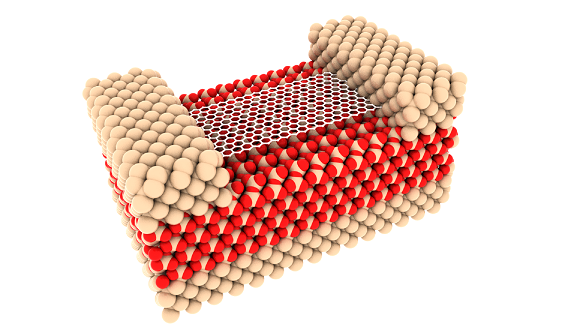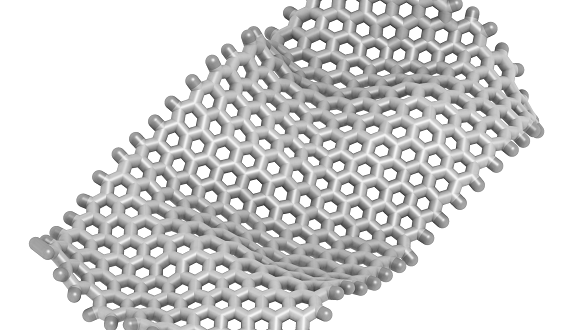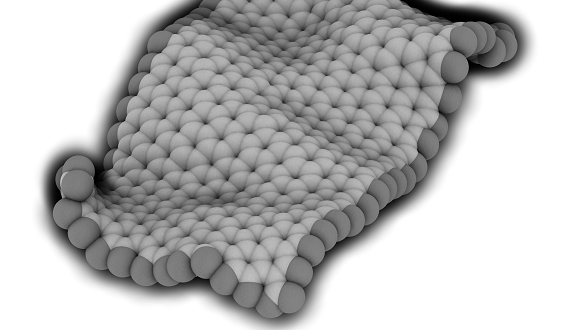Thu, 11 April, 2019
A consortium consisting of ADVISE-DETA, Haydale, Cambridge Nanomaterials Technology Ltd, DZP Technologies, Brunel University London (through the Brunel Composites Innovation Centre) and TWI Ltd has won funding from Innovate UK for its Graphosite project. Innovate UK is part of UK Research and Innovation, a new body which works in partnership with universities, research organisations, businesses, charities, and government to create the best possible environment for research and innovation to flourish.
The goal of Graphosite is to create a graphene sensor that will be able to detect defects in composite materials during both the manufacturing process and the normal service life of a component. The project started in the latter part of 2018 and will finish in January 2021.
The most common defect during the manufacturing process of composite materials is porosity; the presence of small voids in the matrix. Porosity levels can be critical as they affect mechanical performance causing issues such as inter-laminar shear stress. In-service damage is mainly caused by impact, resulting in internal delamination which is barely visible, or puncture to the material’s surface which is a frequent occurrence. Sandwich structures can also suffer from delamination in the skins when impacted as well as matrix cracking. Core crushing occurs where impact energy is absorbed by the core, which distorts and folds. It often then returns to its original shape but will have greatly reduced compressive strength as a result.
The Graphosite project is designed to respond to the need for enhanced defect detection techniques in composites and this is being driven by their increased use in the aviation, automotive and marine industries, and in civil structures. The most commonly used non-destructive techniques for composites are: ultrasonic inspection, creation of a 2D C-scan map showing delamination or defects; strain gauges; and the coin tap test which indicates damage to an element due to stiffness change. The graphene sensor that the project partners are developing will address two of the primary challenges related to these existing techniques, namely measurement of the defect in one direction and detection of failure only when placed on the particular surface of interest. The main characteristics of the sensor are increased sensitivity and high flexibility due to the presence of graphene.
Sofia Sampethai, the Project Leader for TWI said “Graphene is a material that has received increasing attention during the last few years due to its interesting properties. Graphosite is an amazing opportunity to develop a sensor that will target the detection limit in composites manufacturing, and this will be achieved by using graphene as the sensing element. The project’s ultimate goal is to produce a sensor with a substantially better gauge factor for the market than the existing strain gauges which are currently available.”
Graphosite is co-funded by Innovate UK under project reference 104266. The Graphosite website is www.graphosite.co.uk.
 A typical structure of a graphene field effect transistor based on Si/SiO2 at a molecular level with a graphene sheet as the sensing element
A typical structure of a graphene field effect transistor based on Si/SiO2 at a molecular level with a graphene sheet as the sensing element
 A typical structure of a graphene sheet at a molecular level Graphene 4
A typical structure of a graphene sheet at a molecular level Graphene 4
 A typical structure of a graphene sheet on another configuration at a molecular level
A typical structure of a graphene sheet on another configuration at a molecular level